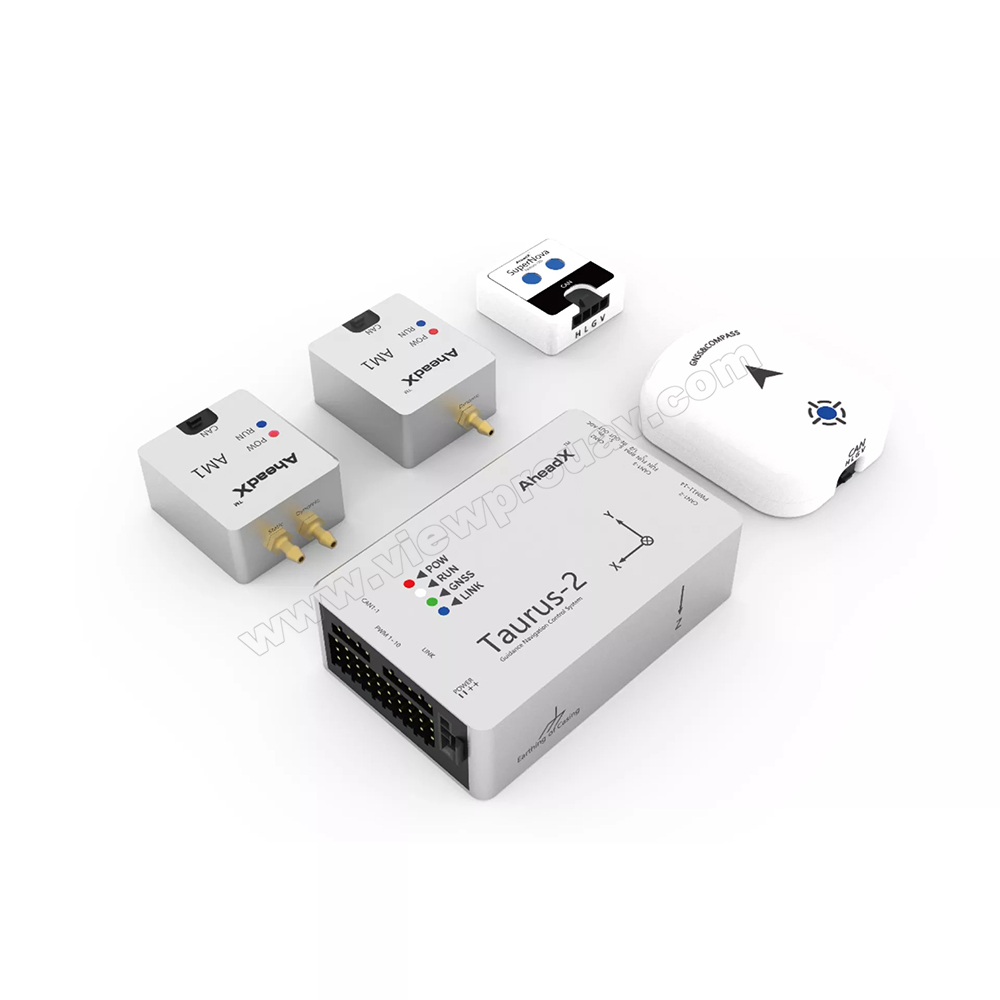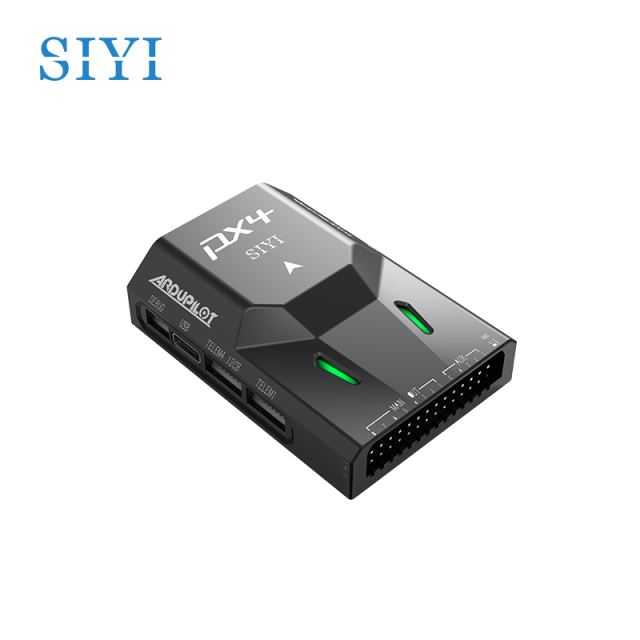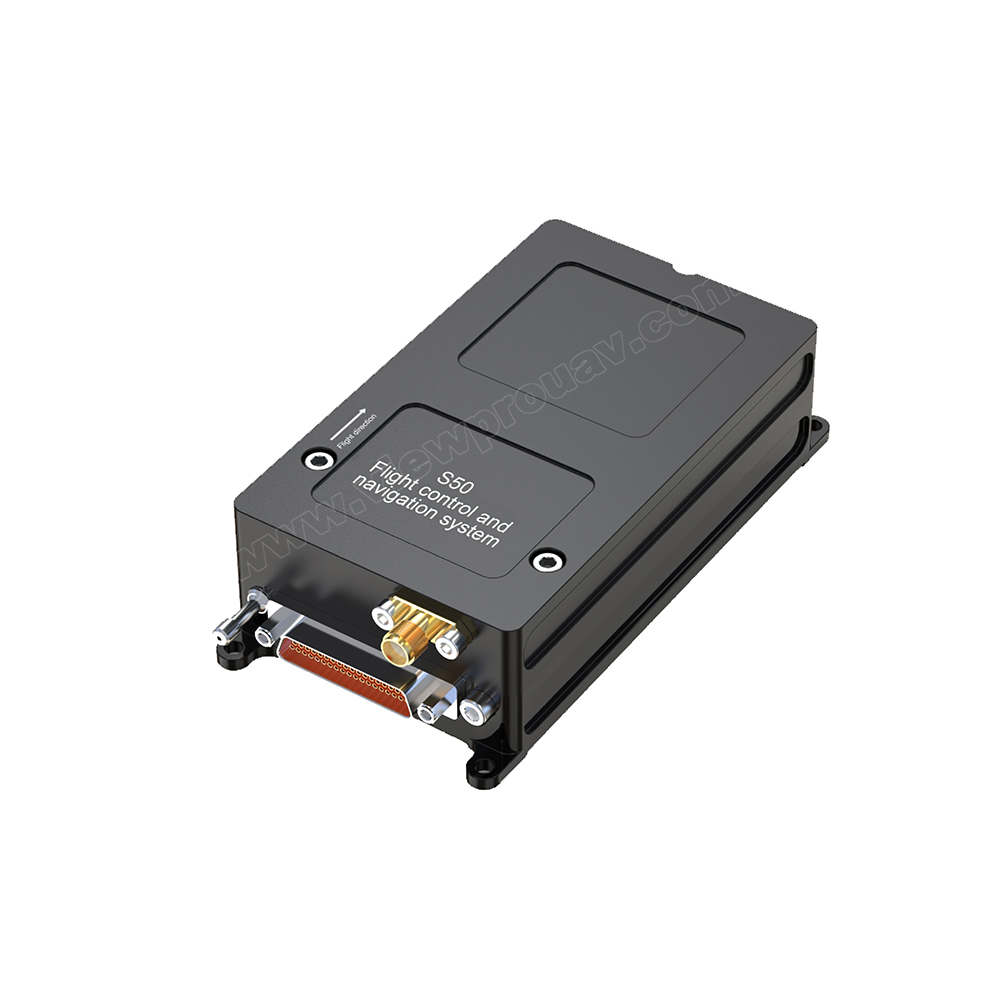SparkNavi Drone Flight Controller and GNSS/INS Made in Taiwan: Accuracy and Advancement
SparkNavi Drone Flight Controller and GNSS/INS Made in Taiwan: Accuracy and Advancement
Blog Article
Checking Out the Role of Drone Flight Controllers in Enhancing Trip Security and Navigating Efficiency
The innovation of drone innovation has substantially increased the importance of flight controllers, which work as the mind of these airborne cars. By incorporating real-time information from an array of sensing units, trip controllers boost flight security and navigating efficiency, ensuring that drones can operate smoothly also in complex atmospheres. This discussion will certainly check out the vital parts that add to these renovations, along with the implications for the future of independent trip. What technologies lie ahead that could additionally change the capacities of drone flight controllers?

Understanding Trip Controllers
Flight controllers are integral elements in the functioning of drones, acting as the minds that take care of and maintain flight procedures. These advanced devices procedure data from various sensing units, including accelerometers, gyroscopes, and GPS, to make sure that the drone maintains its intended trip course. The trip controller interprets this data and implements commands based on pre-defined formulas, allowing the drone to react to ecological changes, such as wind or challenges.
The primary function of a trip controller is to keep stability throughout flight. It achieves this by making real-time modifications to the drone's electric motors and control surface areas, ensuring balance and control. Furthermore, modern trip controllers incorporate sophisticated features such as waypoint navigation, permitting for automated flight courses and boosted operational performance.
Understanding the design of flight controllers is critical for both professionals and hobbyists. As innovation developments, trip controllers have come to be much more qualified and compact, incorporating fabricated intelligence to enhance decision-making processes and adapt to complex trip circumstances.
Trick Parts of Trip Security
Accomplishing ideal flight security in drones counts on numerous essential components that work in performance to ensure smooth and controlled operations. Central to this stability is the flight controller itself, which refines information from various sensing units to maintain the wanted flight perspective. This consists of accelerometers and gyroscopes that measure movement and orientation, permitting real-time changes to the drone's placement.
Another critical element is the electronic speed controllers (ESCs), which control the power provided to the motors. By carefully adjusting motor rates in action to flight controller commands, ESCs assist keep equilibrium and combat disruptions brought on by wind or unexpected activities.
Furthermore, the design of the drone's frame plays a crucial role in trip security. A well-structured framework lessens vibrations and boosts the total aerodynamic account, contributing to smoother trip features. The integration of innovative algorithms within the trip controller help in predictive modifications, ensuring a receptive and adaptable trip experience.
With each other, these components create a natural system that boosts a drone's security, enabling for specific handling and enhanced efficiency in different flight conditions.
Navigating Performance Strategies
Efficiency in navigating is essential for optimizing drone procedures, particularly in intricate atmospheres. Efficient navigating methods boost the capability of drones to pass through challenging surfaces and prevent obstacles, therefore enhancing operational performance and security.
One popular technique is the execution of innovative general practitioners and inertial dimension units (IMUs) that supply precise place tracking and alignment data. These technologies enable drones to determine optimum flight paths in real-time, taking into account different variables such as wind conditions and prospective challenges.
One more technique includes using algorithms go to this web-site for path planning and optimization. Algorithms such as A * and Dijkstra's algorithm can be released to determine one of the most efficient path while lessening power intake and flight time. In addition, integrating machine understanding designs can enable drones to adaptively read the article pick up from their environments, enhancing navigation capabilities through experience.

Effect On Autonomous Drones
The combination of advanced navigating strategies has profoundly transformed the abilities of independent drones, allowing them to run with higher freedom and accuracy. SparkNavi drone flight controller and GNSS/INS made in taiwan. These enhancements are primarily credited to sophisticated flight controllers that use real-time data processing and sensing unit combination, allowing drones to browse intricate atmospheres seamlessly
The effect on self-governing drones expands past simple navigation; it encompasses enhanced barrier avoidance, improved security throughout dynamic problems, and enhanced goal reliability. By leveraging formulas that integrate artificial intelligence and fabricated intelligence, drones can adjust to altering situations, making informed decisions that enhance their flight courses while minimizing dangers.
Moreover, the execution of robust trip controllers has assisted find this in the execution of complicated tasks, such as aerial inspections, delivery solutions, and agricultural surveillance, with minimal human treatment. This capacity not only simplifies operations but additionally decreases human mistake, thus boosting general safety and security.
Therefore, the functional scope of independent drones has actually expanded significantly, making them vital devices in numerous markets. Their ability to do successfully in diverse situations emphasizes the crucial duty that advanced flight controllers play fit the future of unmanned airborne systems.
Future Fads in Trip Control
Frequently, developments in flight control modern technology are positioned to redefine the landscape of drone operations in the coming years. Emerging patterns suggest a substantial change in the direction of enhanced expert system (AI) integration, enabling flight controllers to process real-time data much more effectively. This development will assist in improved decision-making capacities, permitting drones to adjust to vibrant environmental problems autonomously.
Moreover, the implementation of device discovering algorithms is expected to enhance predictive upkeep, thereby minimizing downtime and extending the lifecycle of drone elements. This positive method to maintenance will be crucial as drone applications expand across numerous sectors, from farming to logistics.

.png)
Lastly, improvements in protected communication protocols will resolve safety and security and governing problems, making sure that drones can run seamlessly in congested airspaces (SparkNavi drone flight controller and GNSS/INS made in taiwan). Jointly, these fads direct towards a future where flight control systems are not just smarter and extra efficient however likewise qualified of running safely in a significantly incorporated airspace
Final Thought
Finally, drone flight controllers are important to boosting trip stability and navigation effectiveness with the innovative processing of sensor information. By keeping optimum flight mindsets and using innovative algorithms for course optimization and barrier evasion, these controllers dramatically contribute to the freedom and functional safety and security of drones. As modern technology proceeds to evolve, further developments in flight control systems are expected, promising enhanced efficiency and increased capacities in the world of unmanned airborne automobiles.
By incorporating real-time data from a selection of sensors, flight controllers improve trip security and navigating performance, making certain that drones can operate smoothly even in complex environments.Flight controllers are integral components in the functioning of drones, offering as the minds that maintain and handle flight operations. Additionally, modern-day trip controllers integrate advanced functions such as waypoint navigating, enabling for automated flight courses and improved operational performance.
Central to this security is the flight controller itself, which processes data from numerous sensors to maintain the wanted trip attitude.In verdict, drone trip controllers are indispensable to boosting flight stability and navigating effectiveness through the innovative processing of sensing unit information.
Report this page